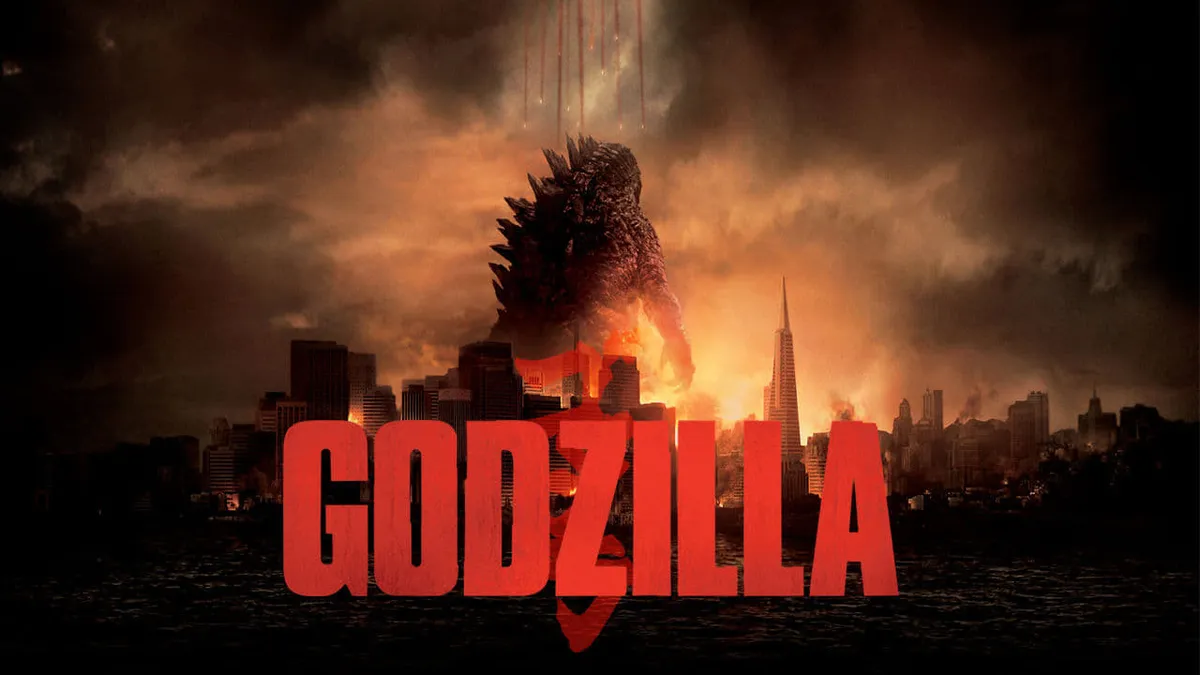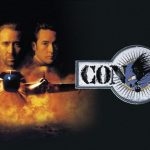Godzilla (2014)

Released in 2014, “Godzilla” is an American monster film directed by Gareth Edwards, marking a significant reboot of the iconic franchise originally created by Toho in Japan. This film not only serves as the 30th entry in the Godzilla series but also revitalizes the brand for a new generation of audiences. With a blend of stunning visuals, intense action, and a deep exploration of themes surrounding humanity and nature, “Godzilla” aims to capture both the essence of its predecessors and the expectations of contemporary viewers.
At the heart of the film is a story that intertwines human drama with the colossal presence of the legendary monster. The narrative begins in 1999, when a mining operation in Japan uncovers a mysterious creature that leads to catastrophic consequences. This event sets the stage for the reawakening of Godzilla and other monstrous beings, known as MUTO (Massive Unidentified Terrestrial Organism). The film introduces us to Joe Brody, played by Bryan Cranston, a nuclear engineer whose life is irrevocably changed by the fallout from this discovery. Cranston delivers a powerful performance, conveying a father’s grief and determination as he seeks to uncover the truth behind the disasters plaguing his family.
As the story unfolds, we are introduced to Ford Brody, portrayed by Aaron Taylor-Johnson, Joe’s son, who becomes a key figure in the fight against the impending destruction. The film adeptly explores themes of family, sacrifice, and the impact of mankind’s hubris on nature. The connection between Joe and Ford serves as an emotional anchor, grounding the epic scale of the monster battles in relatable human experiences. Their relationship adds depth to the story, emphasizing the personal stakes amid the chaos.
One of the film’s most striking features is its visual presentation. Gareth Edwards utilizes a combination of practical effects and cutting-edge CGI to bring Godzilla and the MUTO creatures to life. The result is a visually stunning depiction of colossal battles that evoke both awe and terror. The design of Godzilla pays homage to the classic creature while reimagining it for modern audiences. The filmmakers meticulously crafted Godzilla’s appearance, imbuing the monster with a sense of majesty and ferocity that captures its status as a force of nature.
The film’s sound design and score, composed by Alexandre Desplat, further enhance its emotional impact. The sound of Godzilla’s iconic roar, combined with the thunderous sounds of destruction, creates an immersive experience that heightens the tension during climactic moments. The music underscores the emotional beats of the narrative, reflecting both the despair and resilience of humanity in the face of overwhelming odds.

“Godzilla” also comments on contemporary issues such as environmental degradation and the consequences of nuclear power. The film’s exploration of humanity’s relationship with nature resonates with audiences, prompting reflection on the balance between technological advancement and ecological responsibility. The use of Godzilla as a metaphor for nature’s retribution serves as a reminder of the delicate equilibrium that exists between mankind and the natural world.
The film does not shy away from showcasing the destruction that unfolds as these titanic creatures clash. The action sequences are meticulously choreographed, with a focus on realism that amplifies the stakes of each encounter. The devastation wrought by Godzilla and the MUTO creatures serves as a stark reminder of the fragility of human life and the unpredictability of nature. Yet, amidst the chaos, moments of hope emerge, as characters demonstrate courage and resilience in their efforts to survive.

One of the film’s most praised aspects is its ability to build tension and anticipation. Edwards expertly teases Godzilla’s full reveal, allowing the audience to feel the weight of its presence before unleashing the creature in spectacular fashion. This deliberate pacing contrasts sharply with the relentless action typical of many modern blockbusters, resulting in a more thoughtful and engaging viewing experience.
The film’s ending, which culminates in an epic showdown between Godzilla and the MUTO, leaves audiences exhilarated yet contemplative. Godzilla emerges as both a destroyer and a savior, embodying the complexities of its character. This duality adds depth to the narrative, positioning Godzilla not merely as a monster, but as a symbol of nature’s power and unpredictability.

In conclusion, “Godzilla” (2014) serves as a successful reimagining of a beloved cinematic icon. Through its compelling storytelling, emotional depth, and breathtaking visuals, the film honors the legacy of Godzilla while introducing it to a new generation. Gareth Edwards’ direction, combined with strong performances from the cast, elevates the film beyond mere monster mayhem, inviting audiences to reflect on the relationship between humanity and the natural world. As the film concludes, viewers are left with a sense of awe and a renewed appreciation for the enduring power of one of cinema’s most iconic creatures.
Suggested videos for you:
Deadly Asphalt The Race for Freedom
Suggested videos for you:
Oppenheimer: The Dual Legacy of a Scientific Genius and a War Criminal
Suggested videos for you:











